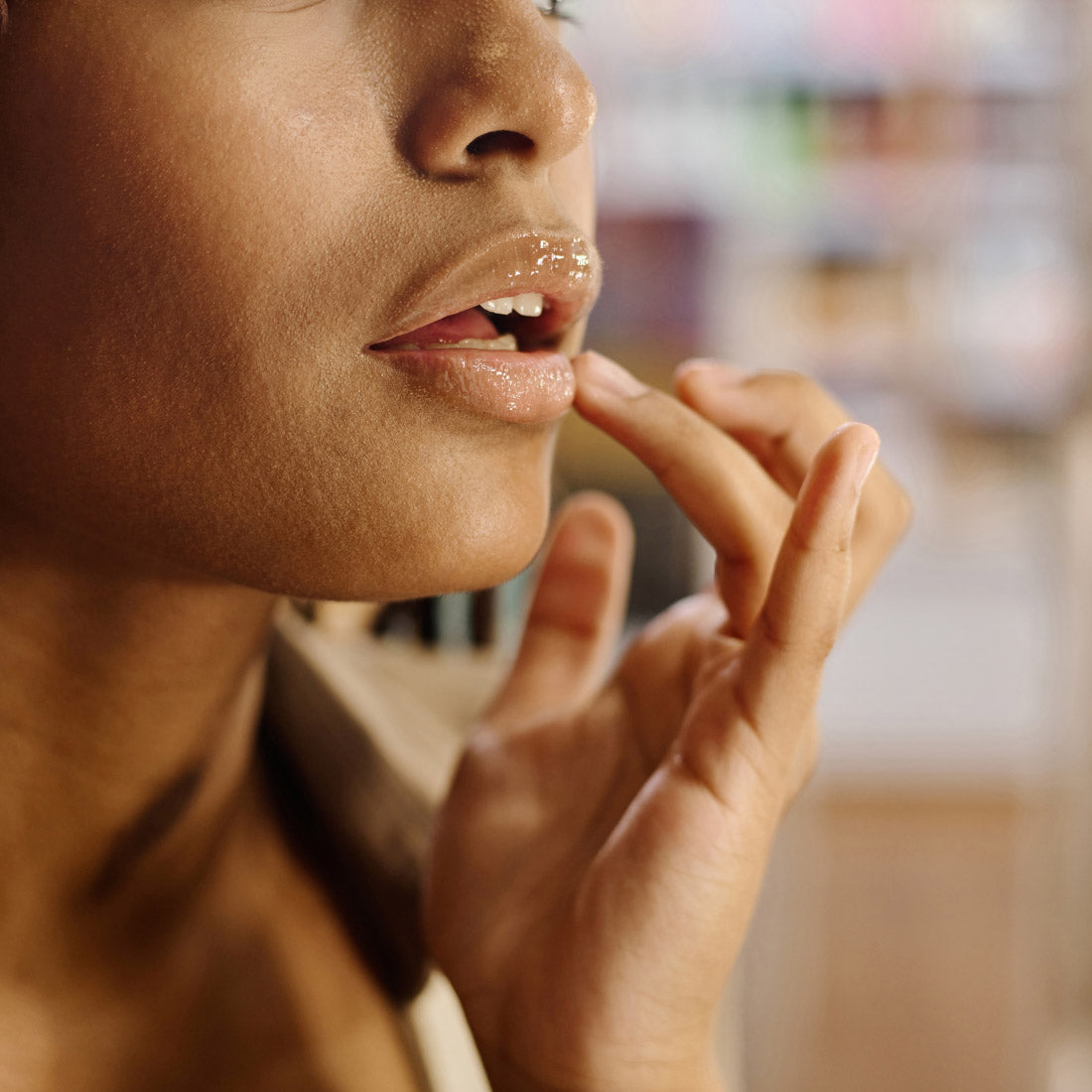By Dr, Peter Klapper Ph.D.,
Waking up to an unexpected blemish on your lip can be frustrating. But is it just a pimple or something more? Cold sores and pimples may appear similar at first glance, but they are caused by entirely different factors and require different treatments. Knowing how to identify them and treat them naturally can help you find relief faster and prevent future outbreaks.
Cold Sore vs. Pimple: Spot the Difference
Cold Sores (Fever Blisters)
Cold sores are caused by the herpes simplex virus (HSV-1) and typically appear as small, fluid-filled blisters on or around the lips. They may start as a tingling or burning sensation before developing into painful sores. Over time, these blisters burst, scab over, and heal within 7-10 days. Cold sores are highly contagious and can spread through direct contact, such as kissing or sharing utensils.
Key signs of a cold sore:
- Begins with tingling, burning, or itching
- Cluster of fluid-filled blisters
- Crusts over before healing
- Usually appears in the same location repeatedly
- Highly contagious
Since cold sores stem from a viral infection, antiviral treatments are the best approach. H-Balm Cold Sore Extra Strength is a powerful natural remedy formulated with organic antiviral ingredients like tea tree oil and eucalyptus to help soothe and heal cold sores quickly.
Additional natural remedies:
- Lysine supplements – May help reduce the severity and frequency of outbreaks.
- Aloe vera gel – Known for its cooling and healing properties.
- Coconut oil – Contains antiviral properties that may help speed healing.
- Lemon balm – Helps reduce symptoms and promote faster recovery.
Pimples (Lip Acne)
Acne and pimples, on the other hand, result from clogged pores due to excess oil, dead skin cells, and bacteria. Unlike cold sores, they are not contagious and do not form fluid-filled blisters. A lip pimple may appear as a red bump with a whitehead and can be painful due to inflammation.
Key signs of a pimple:
- Red bump, sometimes with a whitehead
- Forms due to clogged pores, not a virus
- Not contagious
- Can occur anywhere on the face, including the lip line
- May be tender but does not scab like a cold sore
To treat pimples on the lip, it’s essential to use products that reduce inflammation and unclog pores. Our natural acne treatment is designed to target stubborn breakouts, even in sensitive areas like the lips, using plant-based ingredients that gently cleanse and restore balance to the skin.
Additional natural remedies:
- Tea tree oil – A natural antibacterial agent that helps reduce inflammation.
- Witch hazel – Soothes irritation and minimizes redness.
- Honey – Has antibacterial properties and promotes healing.
- A warm compress – Helps bring a pimple to the surface for faster healing.
Prevention Tips: Keep Breakouts at Bay
- To reduce the risk of both cold sores and pimples, consider the following tips:
- Avoid touching your face to prevent the spread of bacteria and viruses.
- Keep lips moisturized with a natural balm to prevent irritation.
- Maintain a healthy diet rich in vitamins and antioxidants to boost skin health.
- Manage stress levels, as both pimples and cold sores can be triggered by stress.
- Wash your face regularly and remove makeup before bed to keep pores clear.
Final Thoughts
While cold sores and pimples can look similar, understanding their differences is key to effective treatment. If you suspect a cold sore, reach for H-Balm Cold Sore Extra Strength to help manage symptoms naturally. For lip pimples, our natural acne treatment is a gentle yet effective solution to clear up breakouts without harsh chemicals. By choosing natural remedies and maintaining a healthy skincare routine, you can keep your lips clear and comfortable year-round.


